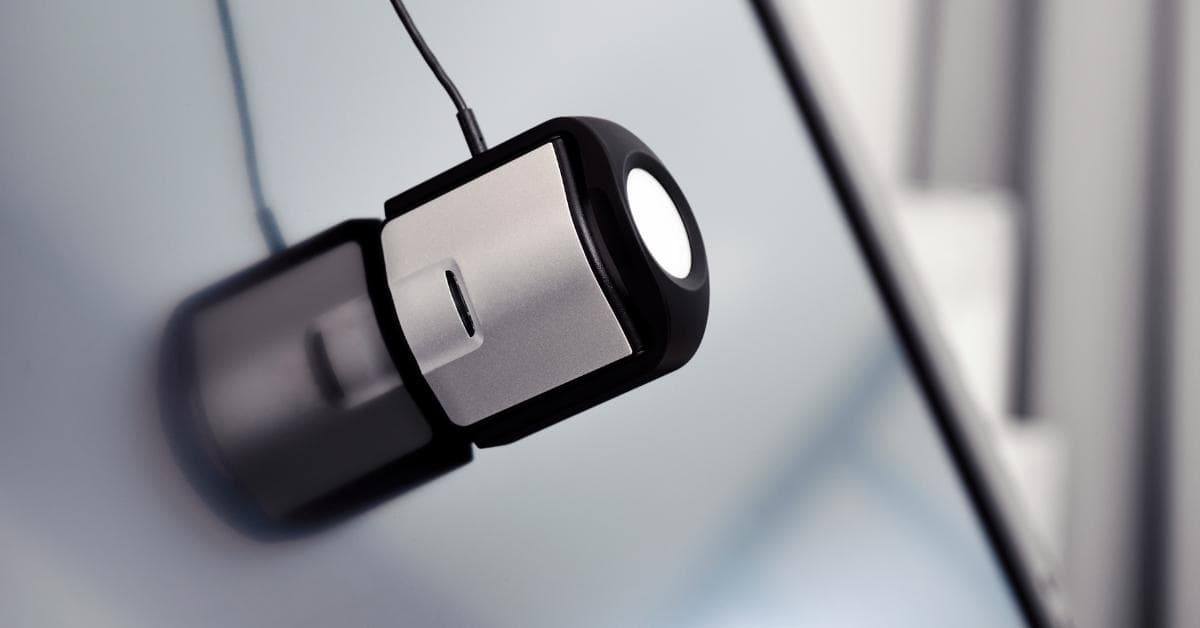Color correction is a critical aspect of the visual industry, whether you’re a professional photographer, videographer, or graphic designer. Achieving accurate and consistent colors in your work relies on your ability to see them as they truly are. To do this effectively, you need a specialized tool: a color correction monitor. In this comprehensive guide, we will explore what a color correction monitor is, why it’s important, and how to choose the right one for your needs.
What Is a Color Correction Monitor?
A color correction monitor is a specialized display that provides accurate and consistent color representation. It is essential for professionals who rely on precise color matching and calibration for their work. These monitors are designed to meet high standards in color accuracy and consistency, making them a valuable tool for photographers, video editors, and graphic designers.
Why Is a Color Correction Monitor Important?
- Accurate Color Representation: A color correction monitor ensures that the colors you see on the screen match the colors in your original images or footage. This is crucial for maintaining the integrity of your work.
- Consistency: When working on multiple devices or with a team, a color correction monitor helps maintain color consistency across different screens, ensuring that your work looks the same to everyone.
- Professional Results: To produce professional-quality images or videos, you need a monitor that can display a wide color gamut and fine color gradations. This is where a color correction monitor shines.
- Time and Cost Savings: Using a color correction monitor can reduce the need for extensive post-production color correction, saving time and money in the long run.
How to Choose the Right Color Correction Monitor
Selecting the perfect color correction monitor can be a daunting task, but the following factors will help you make an informed decision:
- Color Accuracy: Look for a monitor that offers a wide color gamut and high color accuracy. A monitor that supports industry-standard color spaces like sRGB, AdobeRGB, or DCI-P3 is a good choice.
- Resolution: Opt for a monitor with a high resolution, such as 4K, to ensure sharp and detailed images. This is especially important for tasks like photo editing.
- Panel Type: Different panel types, such as IPS, OLED, and TN, have varying viewing angles and color reproduction. IPS panels are often preferred for color-critical work due to their wide viewing angles and accurate colors.
- Calibration Support: Ensure that the monitor supports hardware calibration, allowing you to fine-tune the color settings to match your specific needs.
- Screen Size: Choose a screen size that fits your workspace and provides comfortable viewing. A larger screen may offer more real estate for editing, but it should be balanced with your available desk space.
- Connectivity: Check that the monitor has the necessary input ports (HDMI, DisplayPort, USB-C, etc.) to connect to your devices. Also, verify that it supports any necessary color management systems.
- Price: Determine your budget and choose a monitor that offers the best features within your price range. Remember that a color correction monitor is an investment in the quality of your work.
FAQs
Q1: Do I need a color correction monitor for casual photo or video editing?
A1: While a color correction monitor is not essential for casual editing, it becomes crucial for professionals or enthusiasts who demand precise color accuracy and consistency in their work. If color accuracy is a top priority, investing in a color correction monitor is recommended.
Q2: Can I use software calibration instead of hardware calibration?
A2: Software calibration can help improve color accuracy, but it’s not as precise as hardware calibration. For professional color-critical work, hardware calibration is recommended to achieve the highest level of accuracy.
Q3: Are there affordable options for color correction monitors?
A3: Yes, there are budget-friendly color correction monitors available, but their color accuracy and features may not be as advanced as higher-end models. It’s essential to balance your budget with your specific requirements.
Q4: How often should I calibrate my color correction monitor?
A4: The frequency of calibration depends on your specific needs. Professionals often calibrate their monitors every two weeks, while others may do it monthly. Regular calibration helps maintain accurate colors over time.
Q5: Can I use a color correction monitor for gaming or general use?
A5: Color correction monitors are primarily designed for color-critical work. While they can be used for general tasks, they may not provide the same refresh rates and response times as gaming monitors, making them less suitable for gaming.
Conclusion
In the world of visual content creation, accurate and consistent colors are paramount. A color correction monitor is a valuable tool that ensures your work is presented as intended, maintaining its professional quality. When selecting the right color correction monitor, consider factors like color accuracy, resolution, panel type, and calibration support to meet your specific needs. Whether you’re a professional or an enthusiast, investing in a quality color correction monitor will undoubtedly enhance the quality of your work and save you time and effort in post-production color correction.
This page was last edited on 10 January 2024, at 5:40 pm
